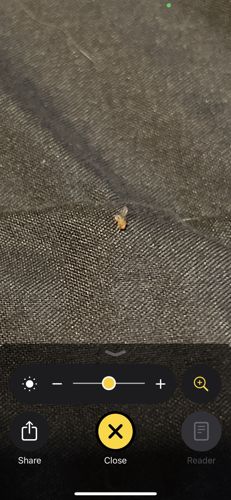Fruit Fly
Scientific Name: Drosophila melanogaster (most common species, though other Drosophila species are also known as fruit flies)
Order & Family: Order: Diptera, Family: Drosophilidae
Size: Typically 2-4 mm (1/8 inch) in length

Natural Habitat
Commonly found in kitchens, pantries, and any areas where ripe or decaying fruits, vegetables, and other organic matter are present. They are often found near garbage cans, drains, and spills.
Diet & Feeding
Adult fruit flies feed on the yeast and bacteria found in fermenting fruits, vegetables, and other organic matter. Larvae feed on the microorganisms in the decaying material.
Behavior Patterns
Fruit flies are attracted to fermenting fruits and vegetables. They lay their eggs on or near the surface of fermenting organic matter. The larvae develop rapidly, feeding on the yeast and bacteria present in the decaying material. Adults are short-lived, typically living for a few weeks.
Risks & Benefits
Risks: Can be a nuisance pest in homes and food establishments, contaminating food with their presence and potentially vectoring bacteria if they land on food after being on contaminated surfaces. Benefits: In scientific research, Drosophila melanogaster (a common fruit fly species) is a widely used model organism for genetic and biological studies due to its short life cycle and ease of breeding.
Identified on: 8/18/2025